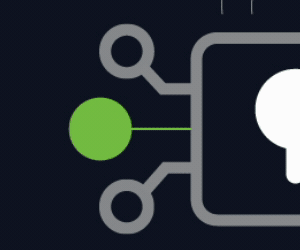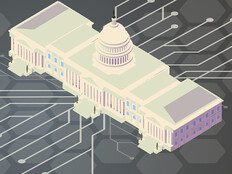Motives Behind Wiper Attacks Differ From Ransomware
Federal security operations (SecOps) teams must understand the threats facing their agencies and implement the right data security measures to protect their environments. This process begins with preventive strategies such as robust data backup, network segmentation and strong endpoint security — all of which are foundational to minimizing the impact of potential cyber incidents.
In addition, agencies should have comprehensive incident response plans designed to address the unique challenges posed by wiper malware attacks. The execution of a wiper malware attack often mirrors that of a ransomware attack, involving similar methods to infiltrate and move within a network. Because agencies have not responded to ransomware attacks on a large scale, they may not be adequately prepared to handle the potentially more serious outcomes associated with destructive malware attacks.
To strengthen preparedness, it is essential that agencies conduct red-team exercises that simulate real-world attack scenarios, including those involving wiper malware. Red-team engagements and cyber exercises must be rethought and expanded to include destructive cyberattacks and focus on cyber recovery at scale in the evolving threat landscape. These exercises allow agencies to test their defenses and incident response procedures in a controlled environment, revealing vulnerabilities in systems, security controls and response plans.
By proactively identifying and addressing these weaknesses, agencies can enhance their cyber resilience against wiper malware and ensure they can withstand attacks.
DISCOVER: Dell has a blueprint for U.S. global artificial intelligence leadership.
Federal SecOps Teams Should Prioritize Critical Systems
Government and critical infrastructure entities must be prepared to endure attacks and recover rapidly. To effectively defend against wiper malware, it is vital to identify and prioritize the most critical systems. If compromised, these systems could significantly impact an agency’s operations, data integrity and overall mission.
Equally important is identifying the secondary systems that support critical hardware dependencies — including servers, routers and firewalls — which are essential to the overall infrastructure and must remain resilient during an attack.
Secure Backups Restore Data and Systems to a Clean State
The Pentagon Joint Chiefs of Staff’s Cyber Survivability Endorsement Implementation Guide recognizes the importance of a risk management framework to help defense agencies identify, assess, and mitigate potential risks that could affect their operations or information systems. However, the guide acknowledges that an RMF alone will not be sufficient to ensure the ability to survive various types of cyberattacks.
A traditional RMF lacks a rapid recovery component, which is why a data backup and recovery strategy that follows zero-trust principles is crucial for protecting against wiper malware.
LEARN: The military is using multifactor authentication in the field.
Agencies need secure data backup and recovery strategies that prioritize air gapping, immutability and robust access controls to protect against wiper malware. Air gapping separates backup systems from the main network via storage media or through network segmentation, thereby preventing wiper malware from accessing them.
Immutability ensures attackers cannot modify backups. Even if an adversary gains administrator privileges — or an admin gains unauthorized privileges — neither can disable the immutability, encryption or data protection components.
Stronger Collaboration Between IT and Security Teams
Stronger collaboration among government IT, security and compliance teams is essential to enhancing responses and recovery during a wiper malware attack. Too often, security teams are unaware of the measures used to back up and protect data, hindering any recovery efforts.
A rising trend in the private sector is the management of data backup and recovery under the supervision of the CISO. More agencies might benefit from adopting this trend.
Click the banner below for the latest federal IT and cybersecurity insights.













